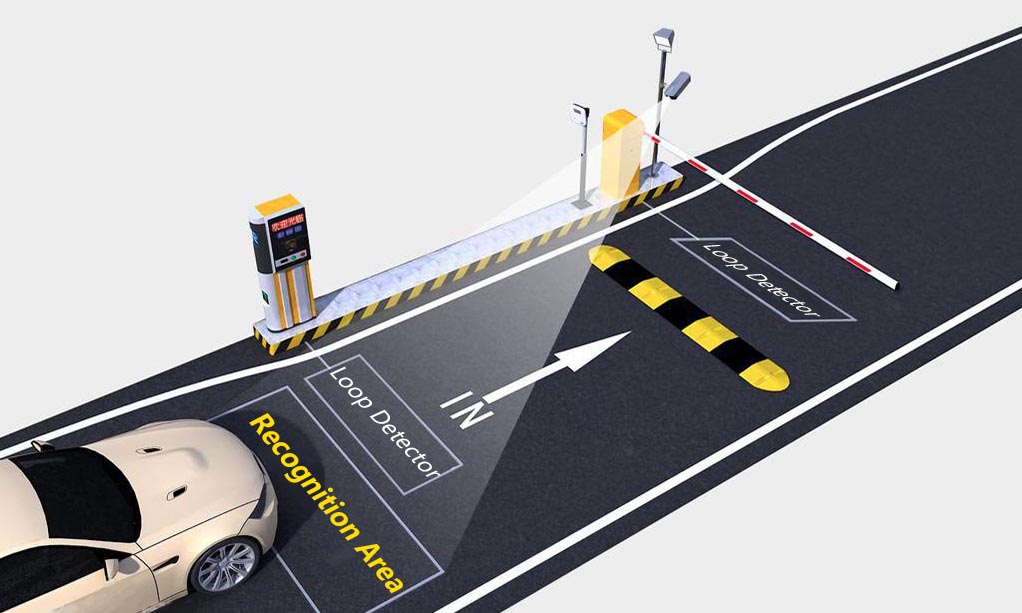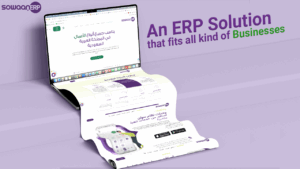If you’re considering installing an LPR (license plate recognition) system at your property, whether it’s a residential community, office complex, or private club, security is probably your top priority. But with that increased security comes an important responsibility: protecting the privacy of the people whose vehicles you’re tracking.
Using a license plate access control system has real benefits. It can help you automate entry, track who comes and goes, reduce reliance on manual logs or security staff, and strengthen your perimeter. But it also raises questions: How much data are you collecting? Who can see it? How long is it stored? And what rights do residents or tenants have?
This article will help you understand everything so you can make informed decisions, set the right policies, and roll out your system in a way that respects security and privacy.
Understanding the Privacy Side of LPR
When people hear “surveillance,” they think of cameras watching their every move. LPR isn’t quite that, but it is a data collection form. It doesn’t record faces, conversations, or track people directly, but license plate data is linked to real people. This means that even though the system isn’t capturing personal behavior or biometrics, the information it gathers can still be used to identify someone based on their vehicle activity.
So, before installing a license plate access control system, it’s smart to build a privacy framework around it.
Here are a few important questions to ask:
- What data is being collected? Most systems log the license plate number, time of entry/exit, and sometimes a photo of the vehicle.
- Who has access to that data? Is it limited to property managers? Security staff? Third-party vendors?
- How long is the data stored? Some communities keep data for 30 days, others longer. Shorter retention periods reduce the risk of misuse.
- Is the data encrypted and secured? Any system storing sensitive information should follow industry-standard data protection practices.
Being clear about these points doesn’t just protect residents, it protects you from liability and builds trust.
Legal Considerations
Depending on your property, there may be local or state laws about collecting and storing plate data. Some states treat license plate numbers as personally identifiable information (PII), which means stricter rules for storage and sharing.
Before you flip the switch on your LPR system, consult legal counsel to make sure you’re compliant. You’ll also want to review:
- Data retention policies (how long you keep the logs)
- Disclosure policies (what you must tell residents)
- Third-party contracts (how your vendor handles data)
Transparency is key here. Even the best system can create tension if residents or tenants feel like something is being hidden.
Set Clear Expectations with Residents or Tenants
One of the most effective ways to balance privacy and security is simply by keeping people informed. Before installing the system, hold a meeting or send out a detailed notice explaining:
- Why the system is being installed
- What data is being collected and how it’s used
- How long the data is stored
- Who has access to it
- What benefits it brings to their safety and convenience
When people understand the purpose behind license plate access control, they’re more likely to support it and less likely to feel like their privacy is being invaded.
Make Privacy Part of Your System Setup
Many modern LPR system vendors build privacy settings directly into their platforms. For example, you can:
- Limit data access to authorized users only
- Blur or anonymize plate data after a set period
- Receive alerts for unusual activity, without constantly reviewing logs
Work with your vendor to configure your system with these features from the start. Privacy shouldn’t be an afterthought but part of the design.
Final Thoughts
Security and privacy aren’t opposing forces. A well-planned LPR system can do both: keep your property secure while respecting the rights and concerns of the people who live or work there.
The key is balance. Be transparent, collect only what you need, store it responsibly, and make sure you have the right systems and policies in place. With that approach, a license plate recognition system isn’t just a gatekeeper, it’s a smart, responsible part of your community infrastructure.






